ACC In-House Counsel National Conference – Summary 2023
A compilation of the key messages we heard from over the ACC In-House Counsel National Conference in Canberra.
16th Nov 2023

Andrew Murdoch, Charlie Smirl & Andrew Bursil
A compilation of the key messages we heard from over the ACC In-House Counsel National Conference in Canberra.

The team at Dovetail: Andrew Murdoch, Charlie Smirl and Andrew Bursil had the pleasure of sponsoring, exhibiting and speaking at the ACC In-House Counsel National Conference in Canberra from the 29th to the 31st of October.
Below is a compilation of the key messages we heard from some of the sessions at the event.

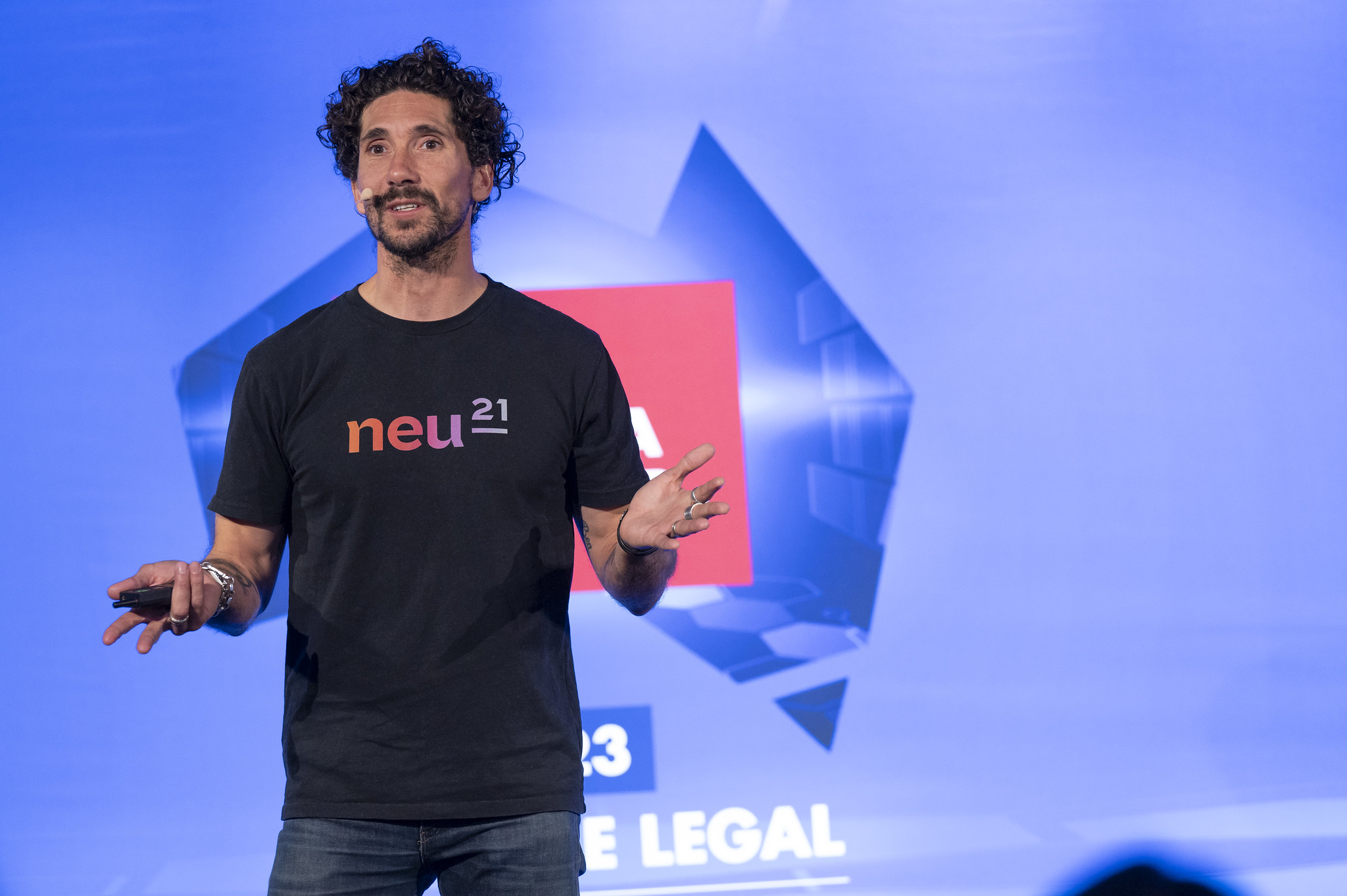
Presented by: Gus Balbontin
Always energetic and always entertaining, Gus challenged us all to cultivate change and unleash innovation.
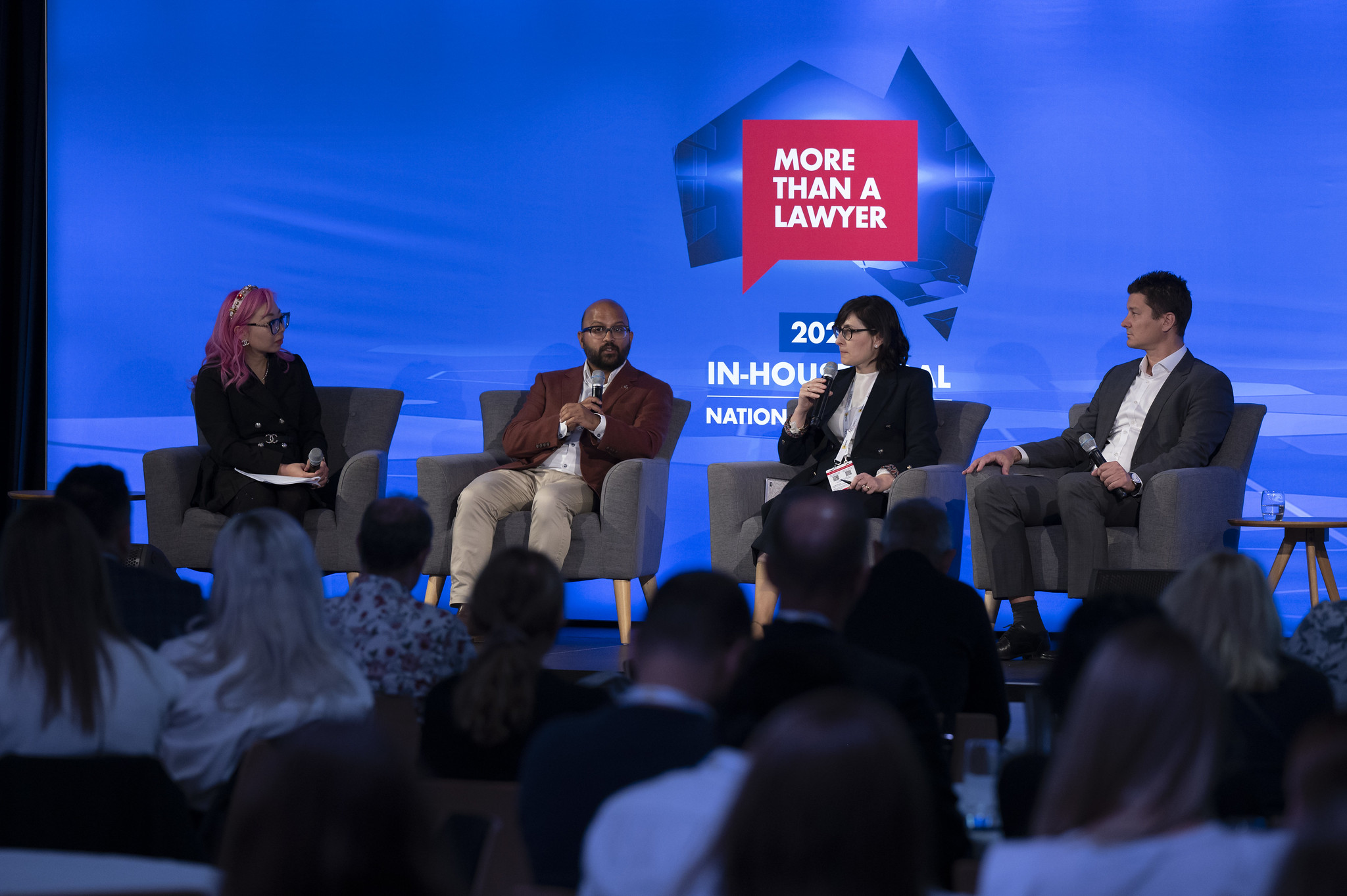
Presented by: FTI Consulting – Tim De Sousa, Wouter Veugelen, Olga Ganopolsky and moderated by Irene Kuo
Every business involves data, so it’s critical for in-house lawyers to be aware of the issues.

Presented by: Kate Sherburn & Elisabeth Flett
Human connection at work is vital. Kate and Elisabeth Key took us through the “five love languages” developed by Gary Chapman in 1992 from a personal relationship context:
We generally show appreciation in the way we like receiving it, but the recipient may have a different “love language” and appreciation needs to be tailored to the recipient. This theory is equally applicable in a business environment (except for physical touch).
1. Acts of service – help a colleague with tasks or work they are struggling to get through.
2. Receiving gifts – payment of bonuses, small token gifts, or larger gifts as rewards
3. Quality time – one-on-one time, setting up a mentorship, team building exercises
4. Words of affirmation – praise and positive feedback, perhaps publicly at a meeting or in a newsletter
5. Physical touch – this is less relevant in the workplace as the context of a professional environment means this is unlikely to ever be appropriate or likely to be received as positive by the recipient.

Presented by: Lori Middlehurst, Courtenay Zajicek, Kiri-Ana Libbesson & Marilyn Mather
For example:
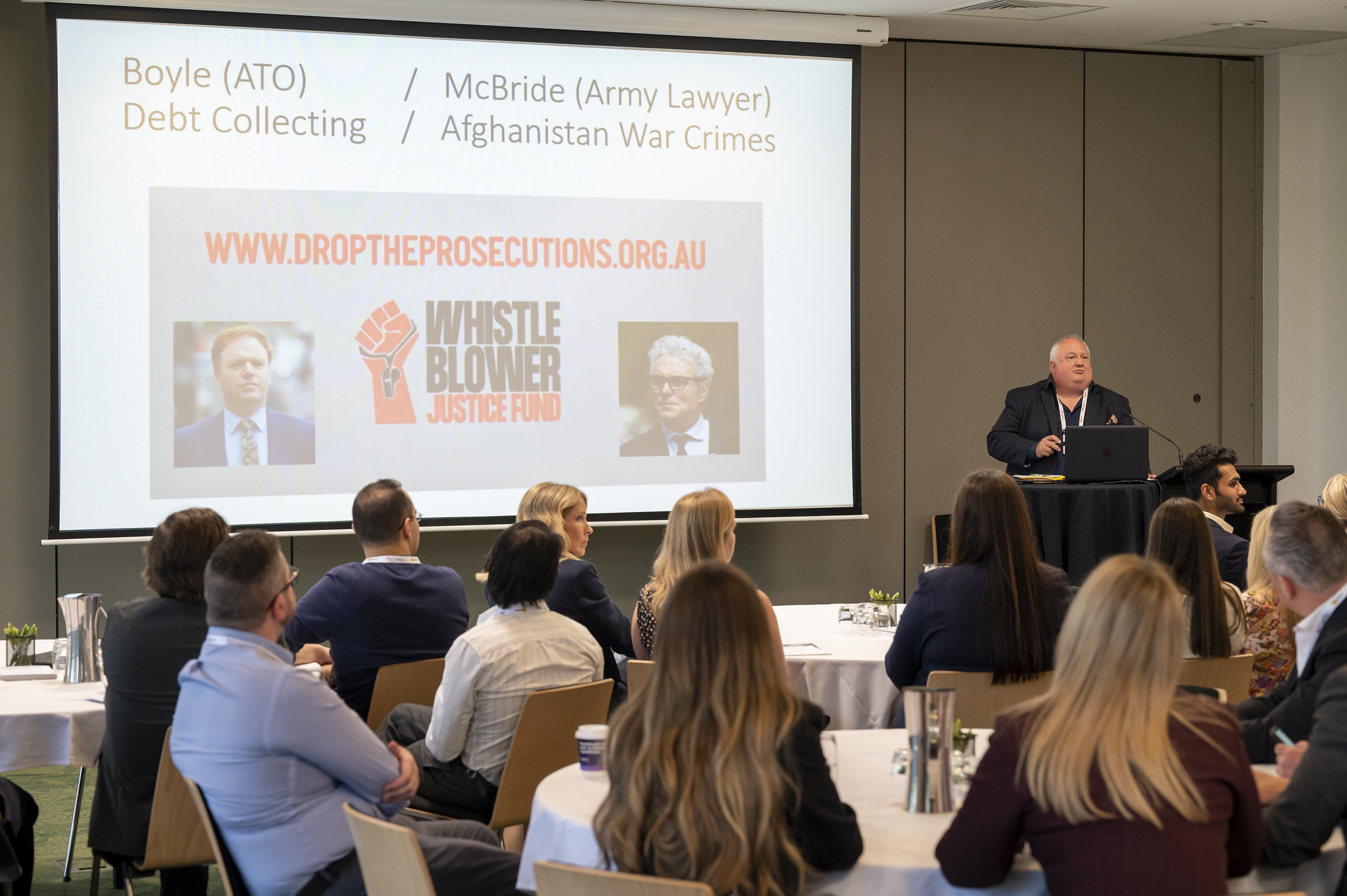
Presented by: Phil Ware
Using examples from Australia and US, Phil Ware provided an insightful walk-through of different situations where In-House Counsel may find themselves in a whistleblower situation.
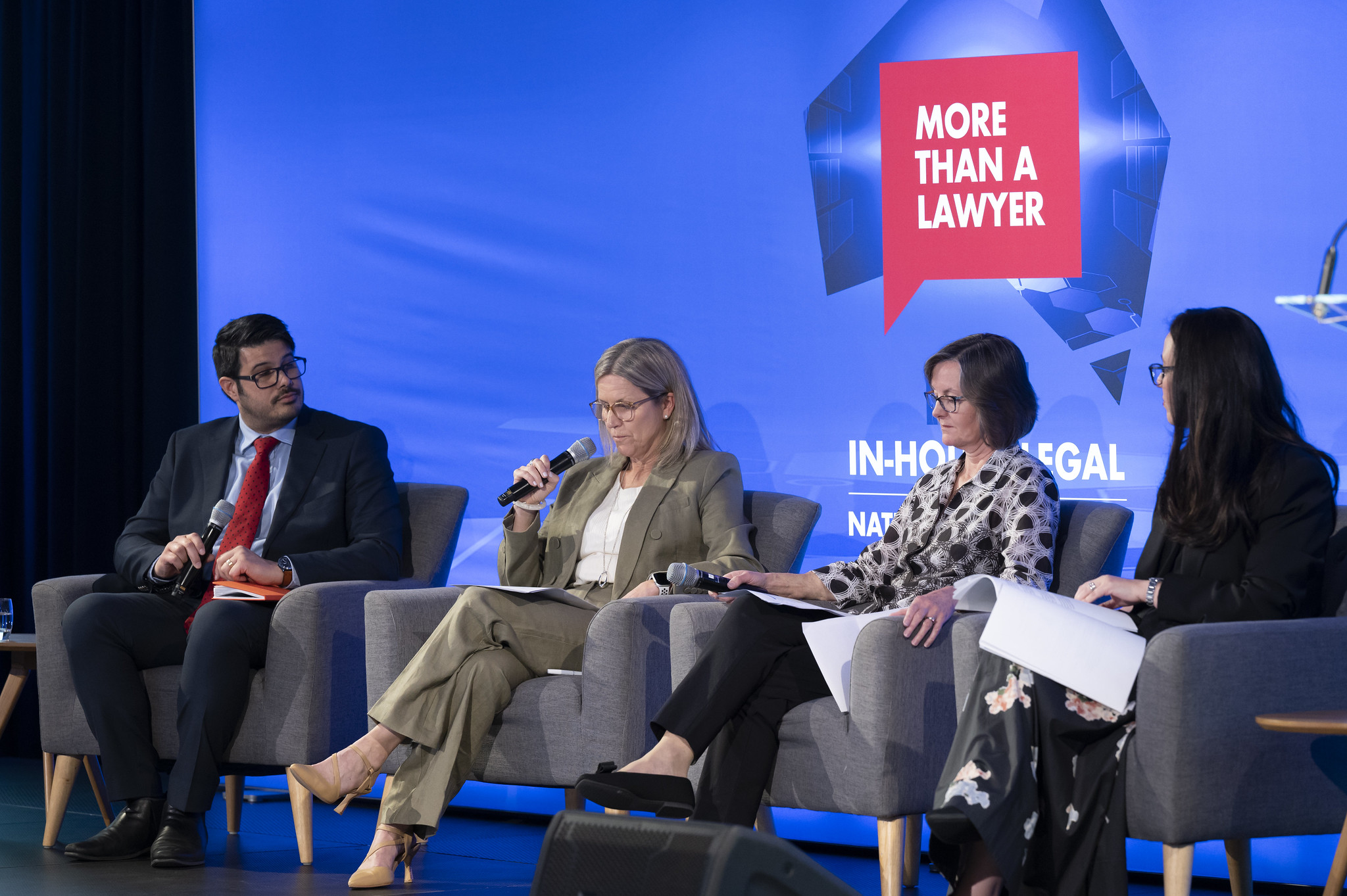
Presented by: Thomson Reuters – Tim Perry, Tyrilly Csillag, Kate Merrifield & Louise Sinclair
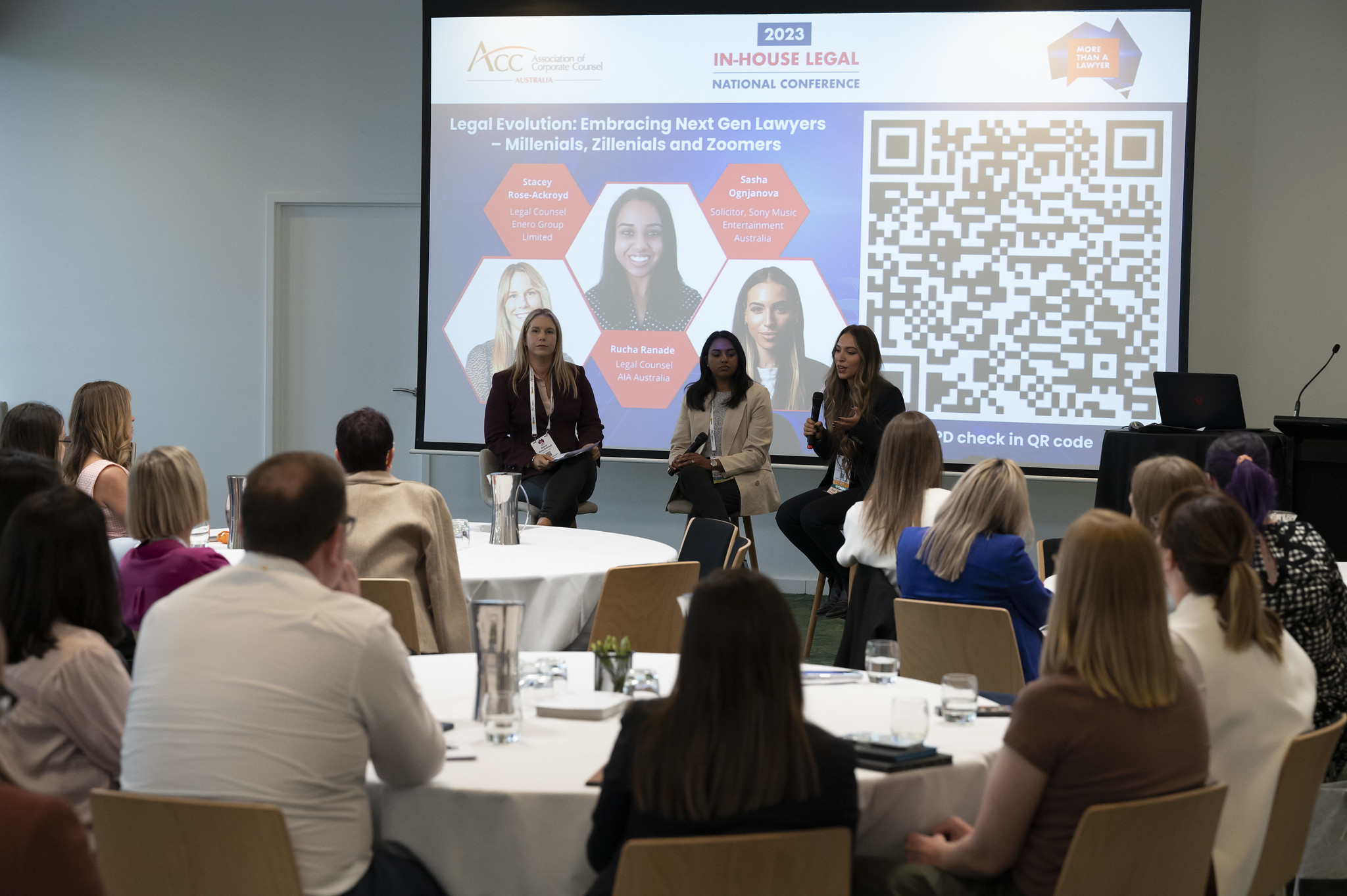
Presented by: Stacey Rose-Ackroyd, Rucha Ranade and Sasha Ognjanova
In a room full of lawyers from a wide range of generations, Stacey, Rucha and Sasha led an engaging panel discussion about the priorities for Next Gen Lawyers.
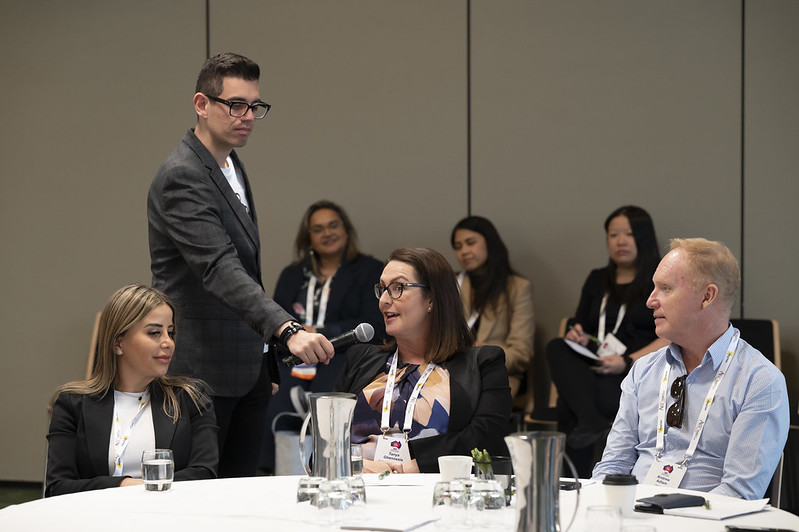
Presented by: Theo Kapodistrias and Edwina Stevenson
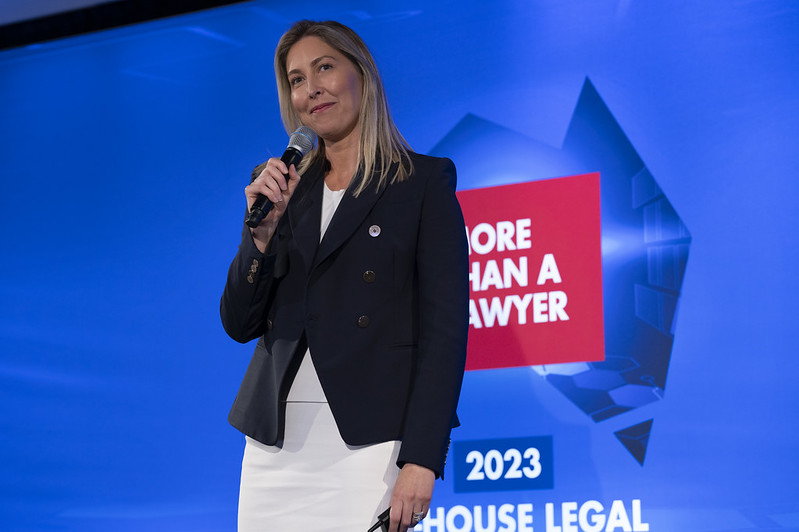
Presented by: Chelsea Pottenger
Chelsea shared her own lifechanging story to deliver an engaging session on mindfulness and well-being.
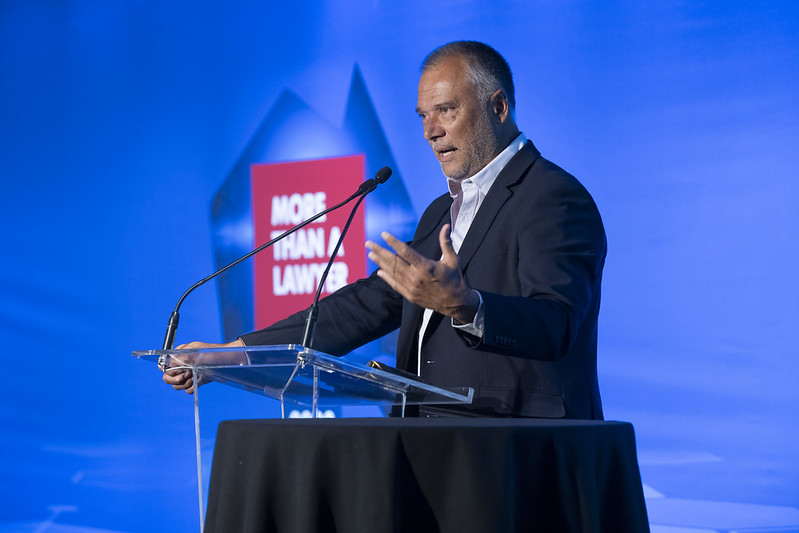
Presented by: Stan Grant
In a moving keynote session, Stan delivered a heartfelt and powerful insight into his life and the life of his family and ancestors. Key themes included:
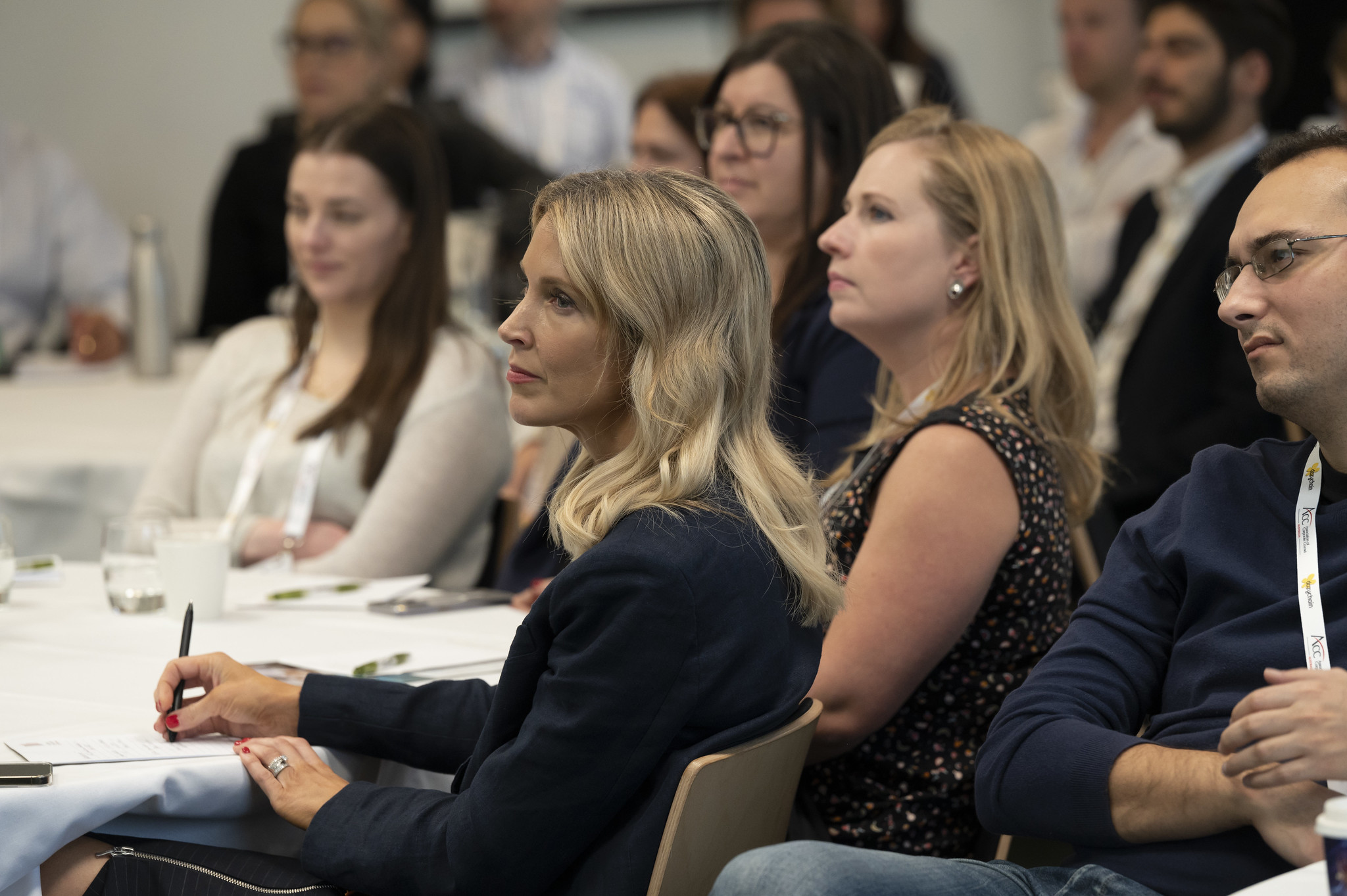
Presented by: Olivia Perks, Deborah Hook & Kristen Migliorini
Olivia, Deborah and Kristen provided a candid overview on USYD’s pro-innovation approach to generative AI, with guidelines as a practical way to support the safe and ethical use of AI. Uses cases included public ChatGPT, private ChatGPT and other tools to link generative AI to your enterprise systems.
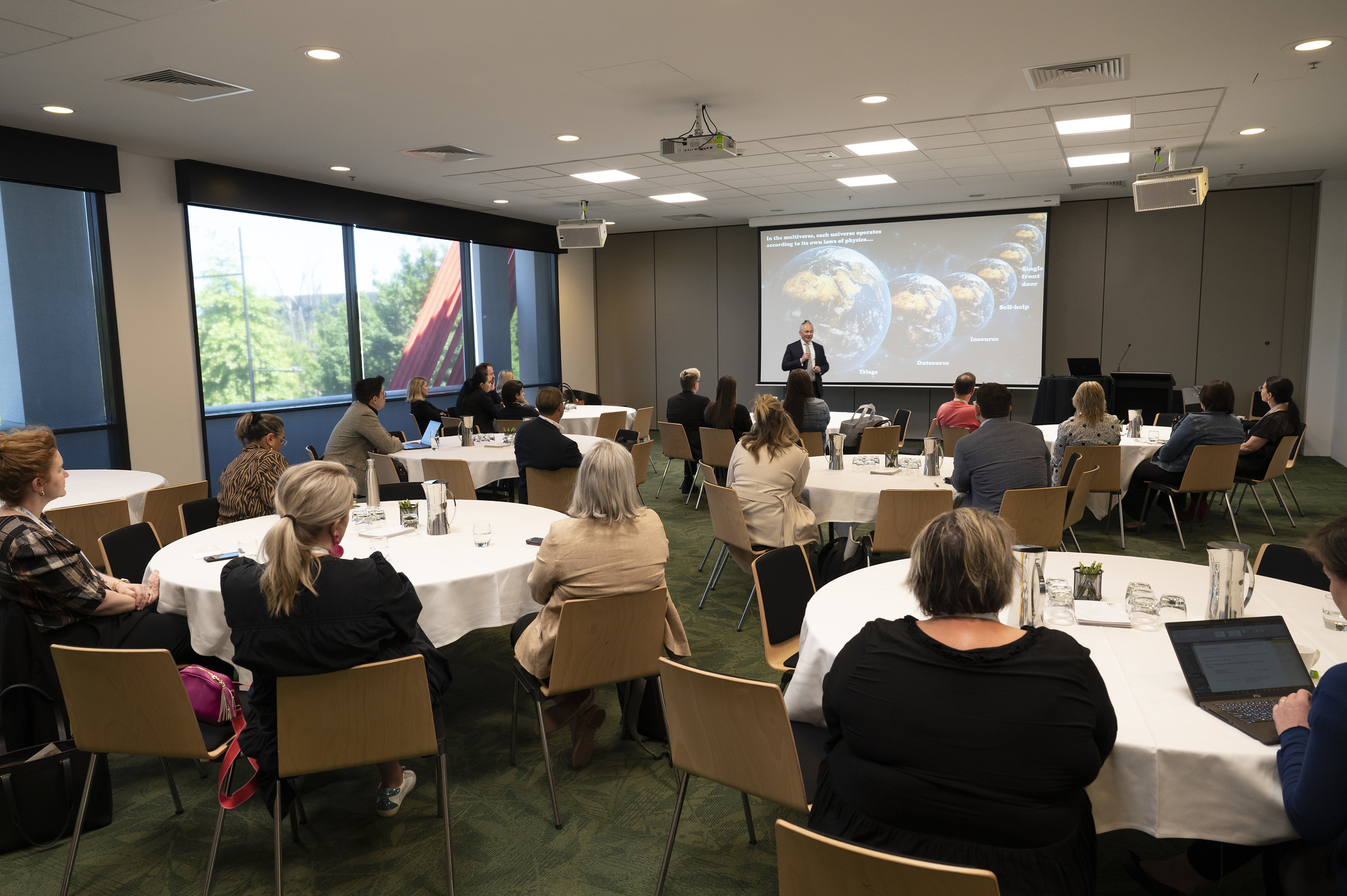
Presented by: Luke Barrett – UniSuper
Luke examined the role of the In-House Legal Function using physics as a metaphor and a tool to gain a better understanding of the in-house function and how to improve its performance.
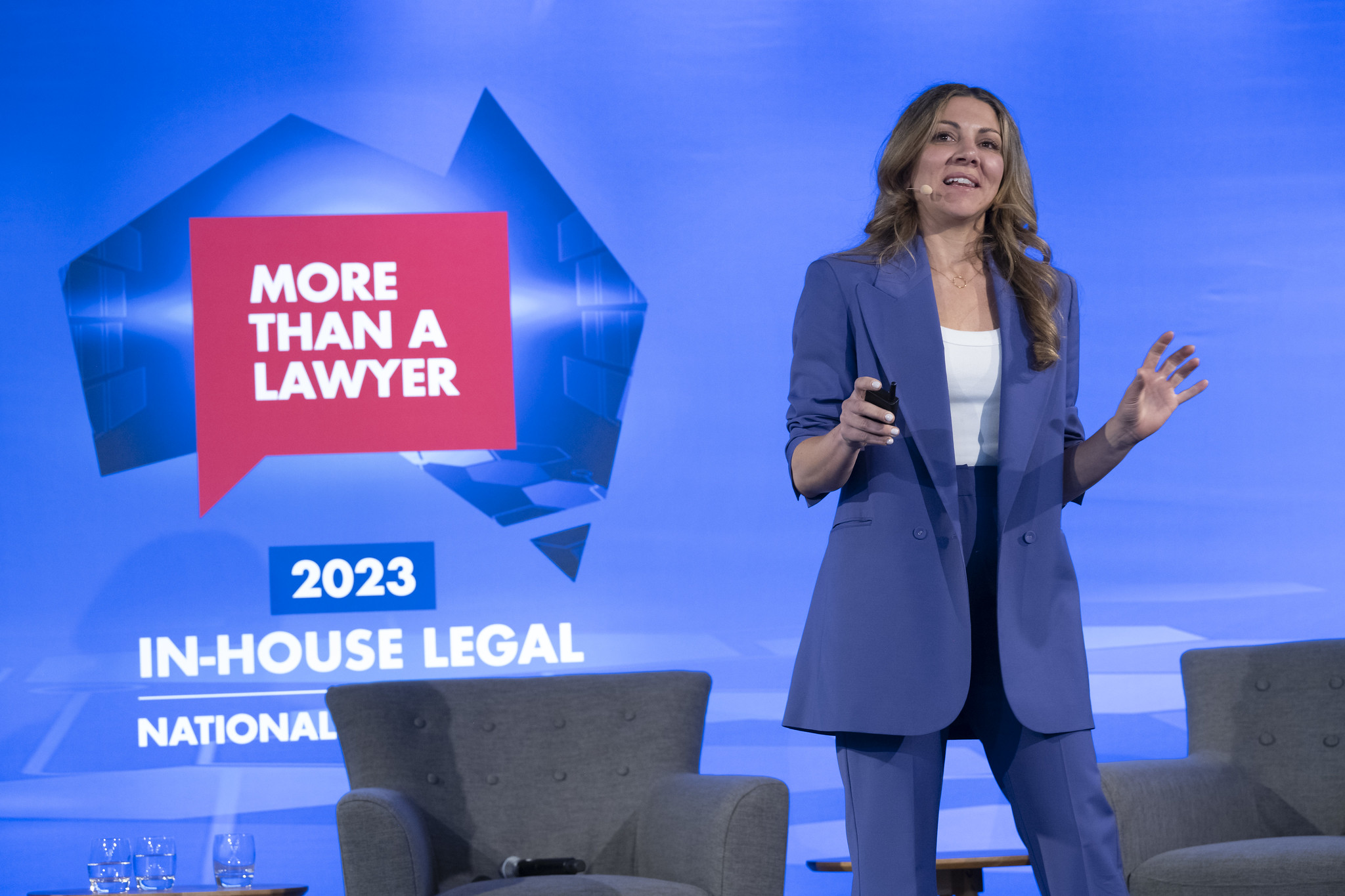
Presented by: Verity White – Checklist Legal, and joined in a panel by Kate Sherburn – Who Gives a Crap, and Roderick Smith – Novartis
Verity provided a clear overview of the new provisions applying to unfair contract terms (ss.23-28 Australian Consumer Law) and was joined on the panel by Kate and Roderick to discuss real life examples of the benefits from having clear contracts.
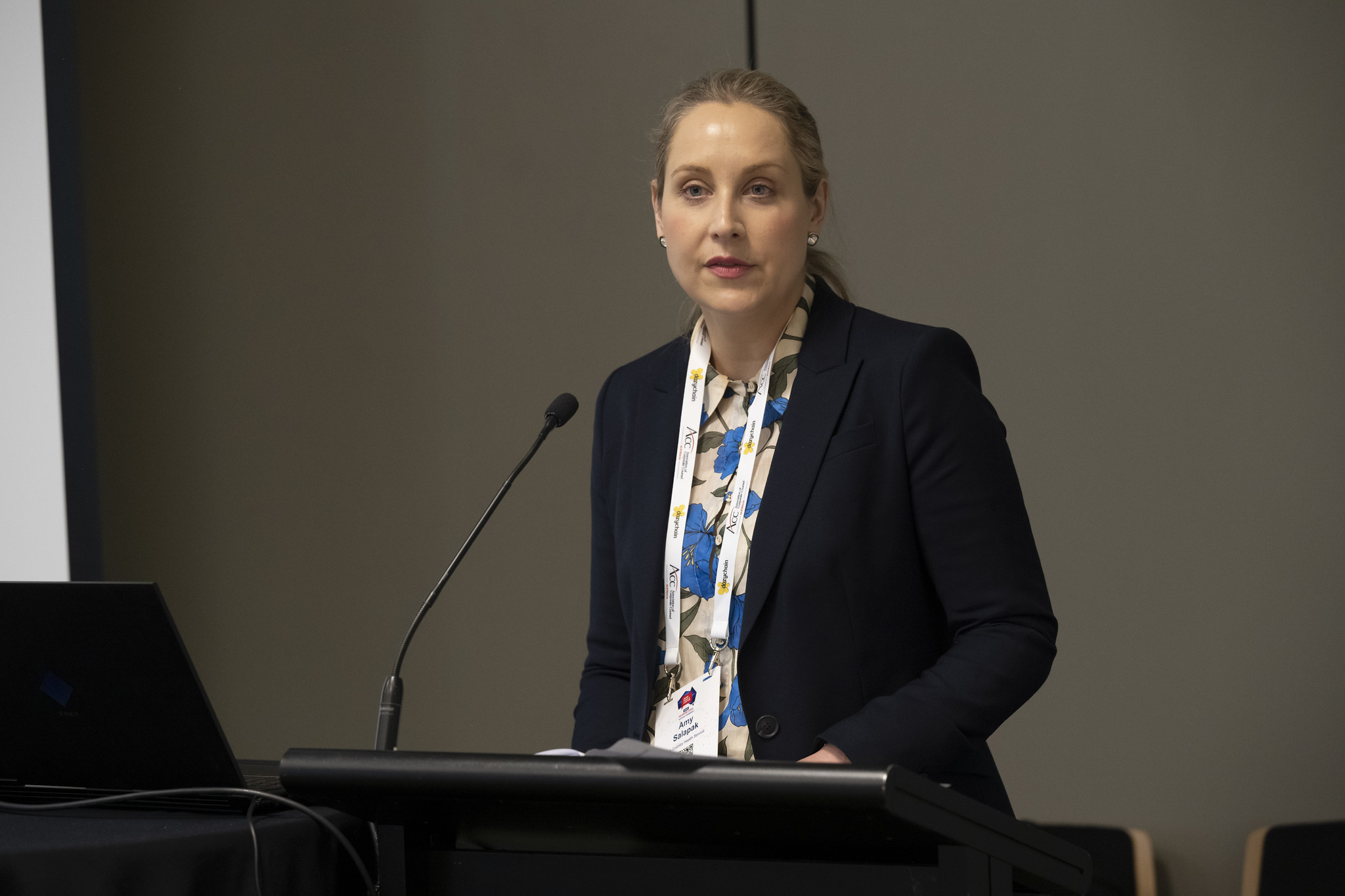
Presented by: Amy Salapak
Amy provided a dive into: What is culture?
Verity provided a clear overview of the new provisions applying to unfair contract terms (ss.23-28 Australian Consumer Law) and was joined on the panel by Kate and Roderick to discuss real life examples of the benefits from having clear contracts.

Presented by: Lisa Keeling & Lani Bajracharya
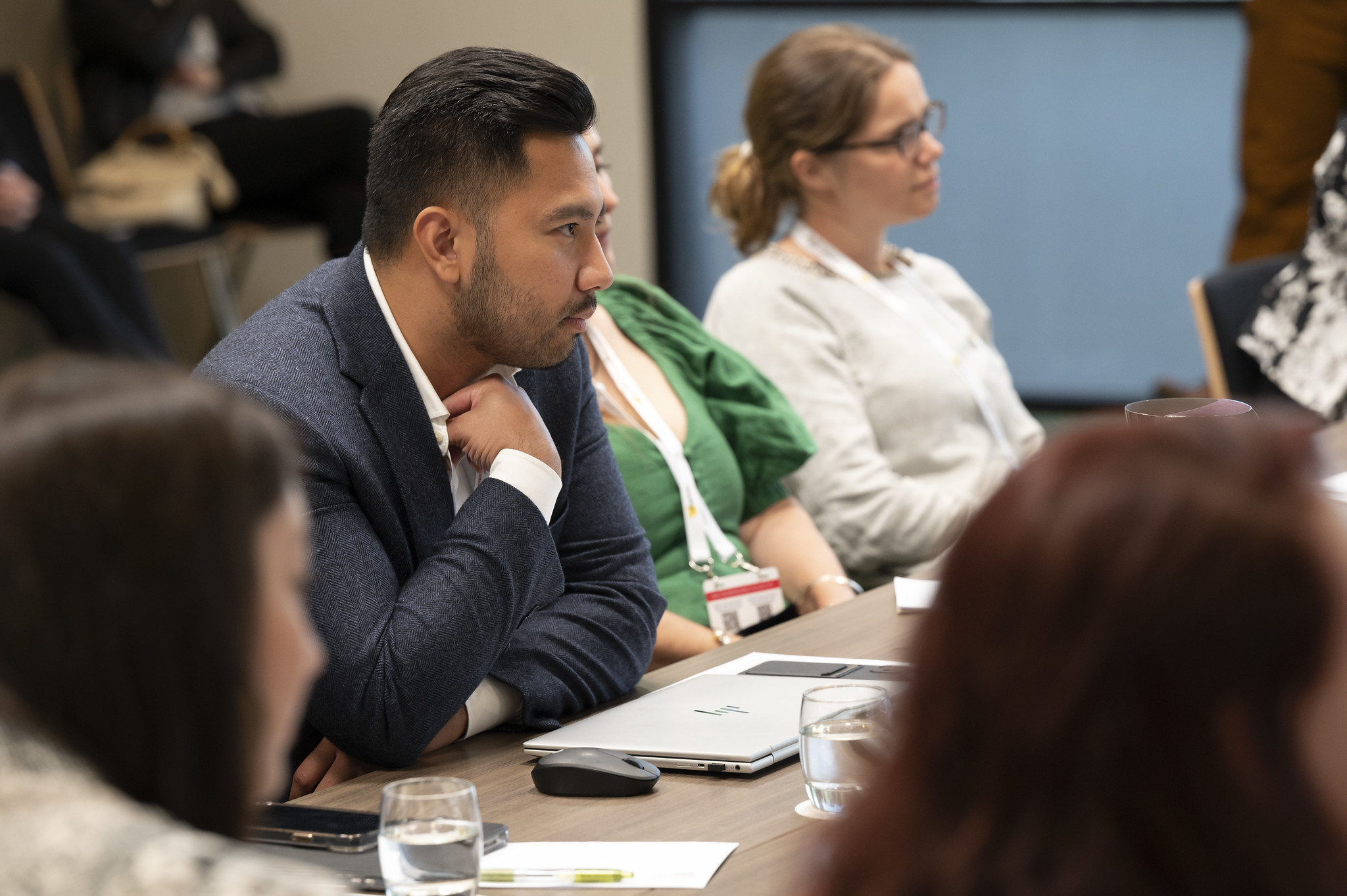
Presented by: Faten Awad & Paul Cenoz
Faten and Paul hosted an open and free-ranging discussion for Sole Legal Officers. Some useful tips included:
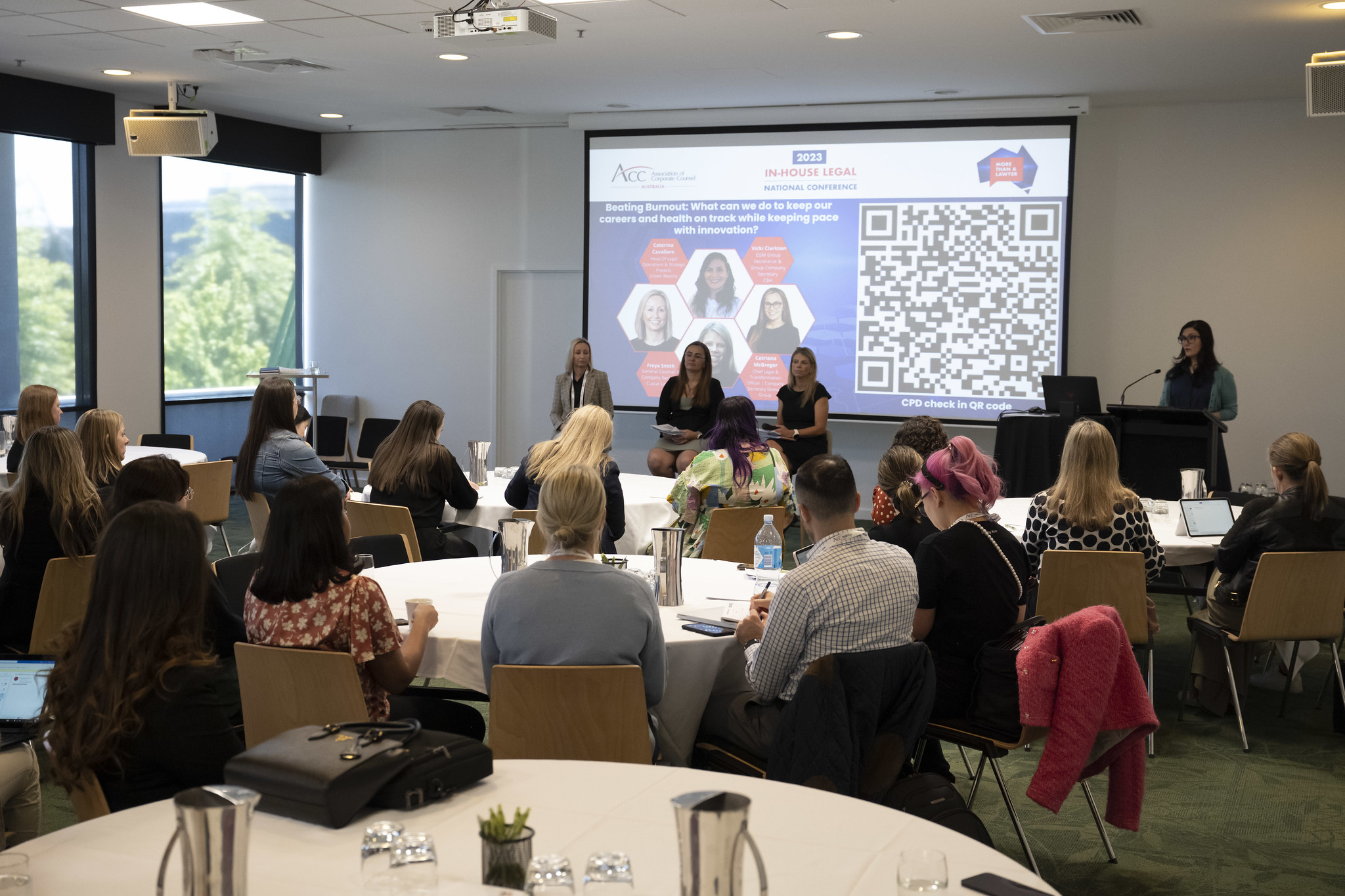
Presented by: Caterina Cavallaro, Catriona McGregor, Freya Smith & Vicki Clarkson
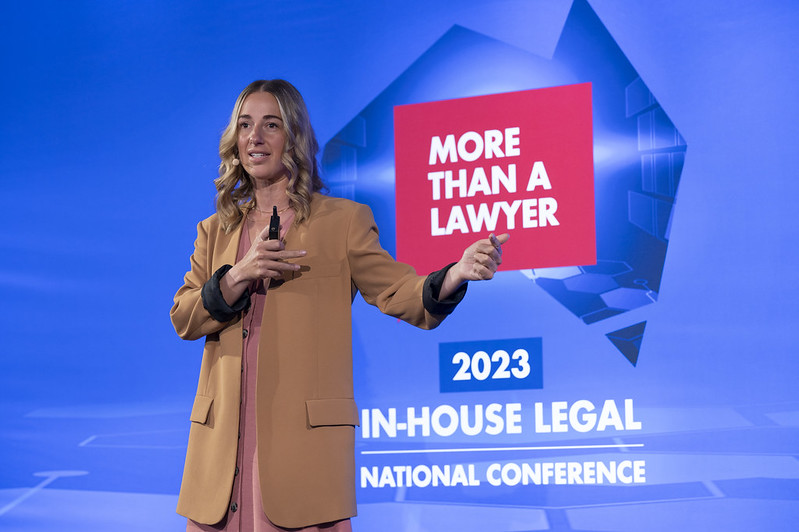
Presented by: Samantha Gash

Latest insight
We acknowledge the Traditional Custodians of Country throughout Australia and their connections to land, sea and community. We pay our respect to their Elders past and present and extend that respect to all Aboriginal and Torres Strait Islander peoples today.


